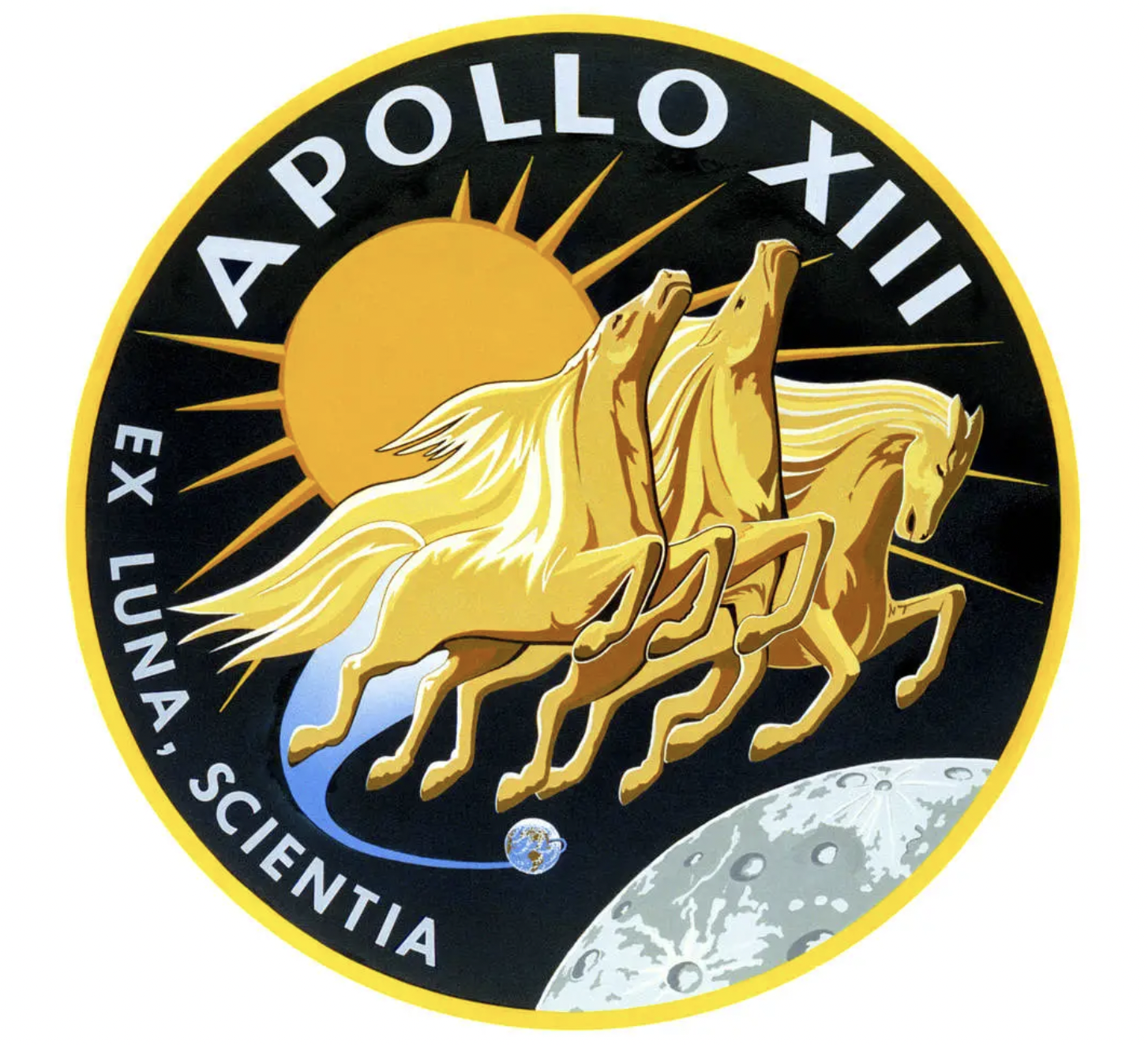“Houston, we’ve had a problem.”
These five words launched what might be the greatest display of leadership under pressure in modern history. Two hundred thousand miles from Earth, an oxygen tank had just exploded aboard Apollo 13, starting a chain reaction that would test not just NASA’s technical prowess, but the very essence of how humans make decisions when lives hang in the balance.
In Mission Control, Flight Director Gene Kranz heard those words and did something remarkable. While others rushed to act, while voices clamored with instant solutions, while the weight of three astronauts’ lives pressed down on every second, he said something that would change the course of history:
“Let’s work the problem, people. Let’s not make things worse by guessing.”
In those nine words lies a masterclass in decision-making that most leaders never learn. While our modern business culture celebrates quick decisions, while tech companies praise failing fast, while organizations rush to act under the pressure of quarterly results, Kranz demonstrated something different – the art of slowing down to speed up.
The Kranz Framework for Critical Decisions
First, he created structure amid chaos. Rather than letting Mission Control dissolve into a cacophony of simultaneous problem-solving, he broke the challenge into discrete problems. Power. Oxygen. Navigation. Each with its own team, its own analysis, its own solution path. But each connecting back to a central decision framework.
Second, he mastered the art of urgent patience. Every minute mattered, but rushing would kill. “Work the problem” became his mantra – methodical, thorough, but always moving forward. When engineers suggested immediate power-down procedures, he demanded they think through second and third-order consequences. When teams proposed solutions, he required them to test assumptions.
Third, he owned the decisions while drawing wisdom from every level. Kranz wasn’t running a democracy; lives were at stake. But neither was he ignoring the expertise around him. He created clear channels for input, established processes for testing solutions, and maintained complete clarity about who owned each decision.
Lessons for Modern Leaders
- Structure Trumps Speed
- Break big problems into manageable pieces
- Assign clear ownership of each component
- Create systems for information flow
- Maintain sight of the whole while working the parts
- Urgent Patience
- Move quickly but never rush
- Think through consequences
- Test assumptions
- Build in time for validation
- Stay ahead of problems rather than reacting to them
- Clear Ownership with Rich Input
- Maintain decision authority
- Create structured channels for insight
- Draw expertise from every level
- Build consensus without requiring consensus
- Communication Discipline
- Clear, consistent updates
- Structured information flow
- Documented decisions
- Visible progress tracking
- Focus Forward
- Don’t waste energy on blame
- Learn from mistakes quickly
- Maintain momentum
- Keep team energy on solutions
The Next Crisis
You may never face a decision as dramatic as bringing three astronauts home through space with a crippled spacecraft. But every leader faces their own Apollo 13 moments – when stakes are high, time is short, and perfect choices matter.
In those moments, remember Kranz. Remember that leadership isn’t about having all the answers – it’s about creating the framework for finding them. It’s about maintaining clear decision ownership while drawing wisdom from every source. It’s about moving quickly without rushing, being thorough without dithering.
Most importantly, remember those nine words that made the difference between tragedy and triumph: “Let’s work the problem, people. Let’s not make things worse by guessing.”

